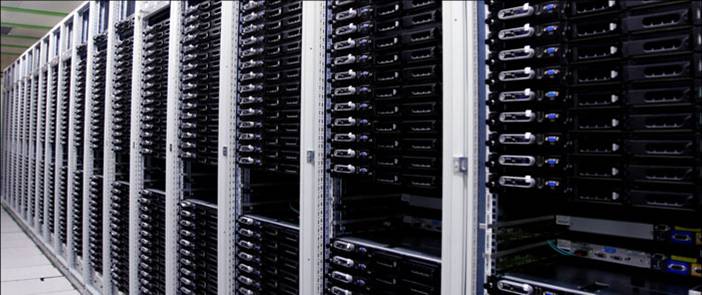Trigger Development
(Français/English)The ATLAS trigger system selects potentially interesting events to be recorded from the full collision rate. In 2012, during the 8 TeV proton-proton (pp) collisions, the 20 MHz bunch crossing rate was reduced to an average output of 300-400 Hz. To accomplish this, the ATLAS trigger system currently consists of three levels of event selection: Level-1 (L1), Level-2 (L2), and Event Filter (EF). The L2 and EF together form the High-Level Trigger (HLT). The University of Geneva currenlty has responsibilities in the HLT management and has contributed significantly to the selection algorithms and software for the electron, photon, and minimum bias triggers, and to the trigger operation during the 2010-2012 data taking period. We are now involved in the preparations for the 13 TeV operation in 2015, for which the trigger architecture and selection algorithms are being redeveloped in order to cope with the much higher rates and pile-up conditions.
Level-1 trigger
The L1 trigger searches for signatures from high-pT muons, electrons/photons, jets, and tau-leptons decaying into hadrons. It also selects events with large missing transverse energy and large total transverse energy using reduced granularity. The maximum L1 accept rate during the 2012 operation was 75 kHz, which will be increased to 100 kHz for 2015.
High-level trigger
The L2 trigger is seeded by Regions-of-Interests (RoI's). These are regions of the detector where the L1 trigger has identified possible trigger objects within the event. The L2 trigger uses RoI information on coordinates, energy, and type of signatures to limit the amount of data which must be transferred from the detector readout. In 2012 the L2 trigger reduced the event rate to below 6.5 kHz, with an average event processing time of approximately 90 ms.
The EF uses offline analysis procedures on fully-built events to further select events down to a rate which can be recorded for subsequent offline analysis. In 2012 it reduced the event rate to 300-400 Hz, with an average event processing time of order 1 second.
The HLT algorithms use the full granularity and precision of calorimeter and muon chamber data, as well as the data from the inner detector, to refine the trigger selections. Better information on energy deposition improves the threshold cuts, while track reconstruction in the inner detector significantly enhances the particle identification, for example distinguishing between electrons and photons.

|
The electron-photon trigger

|
Last modified: 2013/04/05